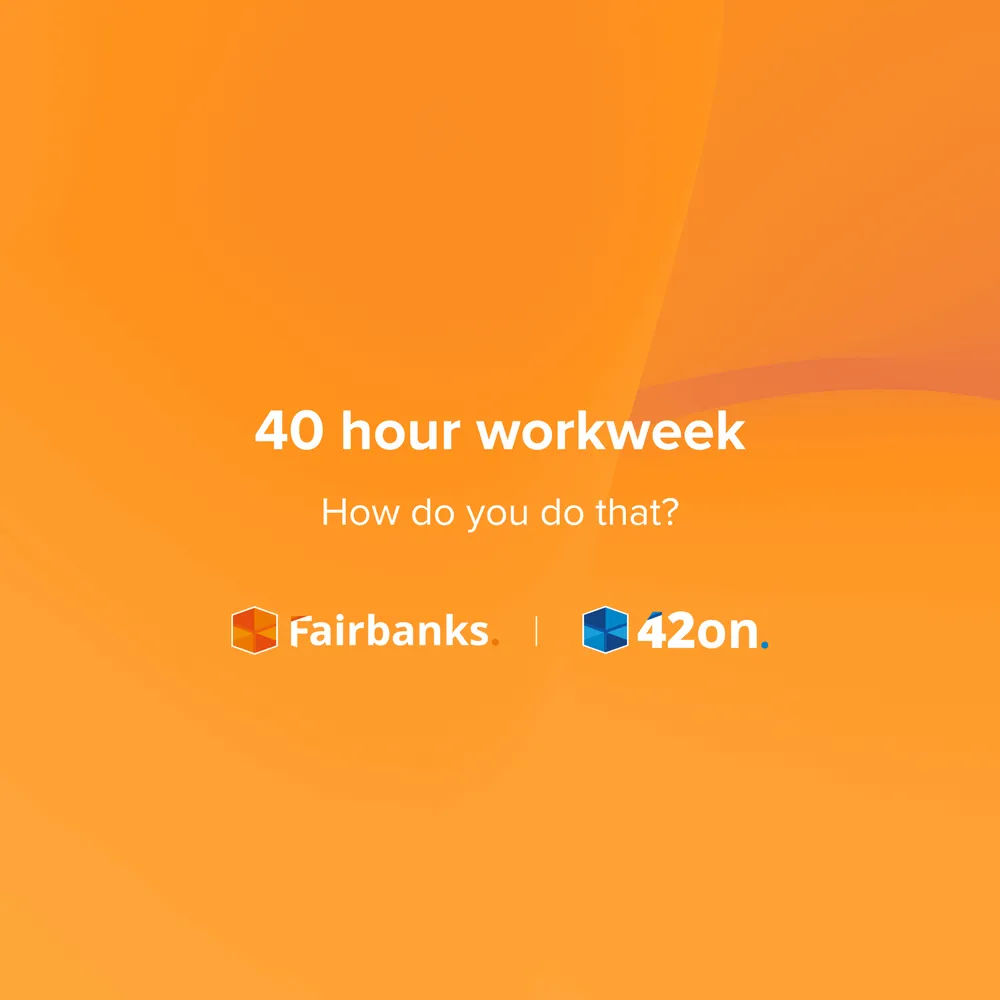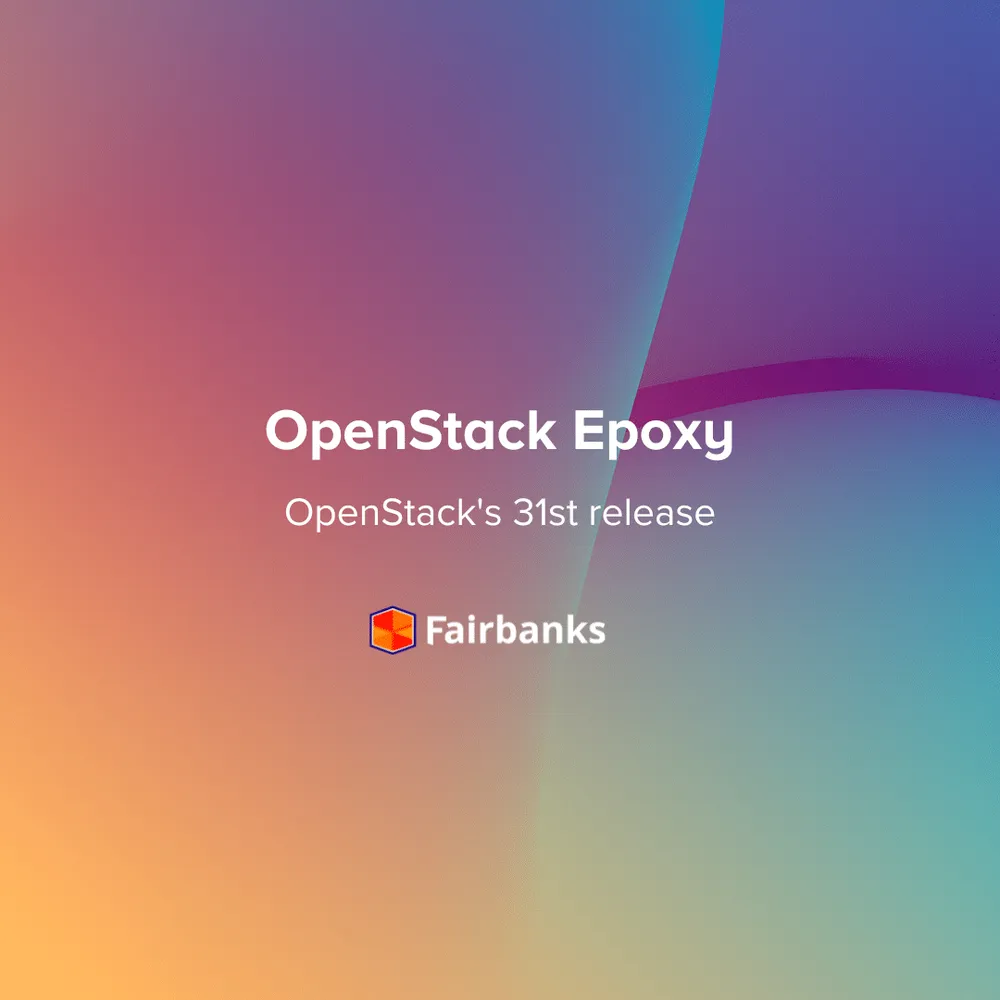Introducing OpenStack Dalmatian
OpenStack’slatest version , Dalmatian was released on the 2nd of October 2024. As one of the most robust and scalable open source cloud platforms, OpenStack continues to be of significant interest to cloud architects, DevOps professionals, and IT teams globally. Dalmatian introduces several new features and improvements, designed to enhance the performance, scalability, and security of OpenStack clouds.
In this blog post, we’ll discuss some of the key highlights and explore why they matter for technical professionals and organizations building private and public cloud environments.
Key highlights of the Dalmatian release
Why it matters:
For industries relying on low-latency services, like telecommunications or IoT, the enhanced DCN capabilities in Dalmatian provide a more flexible architecture, improving user experience and infrastructure efficiency. The ability to deploy resources closer to the user base without compromising management or security significantly impacts operational agility.
Why it matters:
For organizations leveraging a hybrid cloud model or those managing complex environments with diverse hardware requirements, these enhancements provide a more unified approach to managing physical and virtual resources. Streamlined bare metal management allows for faster provisioning and reduced downtime during hardware changes or updates.
Why it matters:
As demand for high-performance computing (HPC) grows, especially in AI/ML development and data-intensive tasks, having native support for hardware acceleration in OpenStack is a game-changer. It means operators can offer specialized services within their cloud environment without additional complexities, aligning closely with the needs of developers and data scientists working with compute-heavy workloads.
Why it matters:
For DevOps teams managing cloud-native applications, load balancing is a critical aspect of ensuring reliability and performance. The updated Octavia API simplifies the configuration and automation of load balancers, reducing manual effort and ensuring a more resilient architecture. Organizations focusing on microservices and containerized applications will find this especially valuable.
Why it matters:
By supporting multi-backend image storage, Dalmatian allows cloud administrators to optimize costs and performance based on workload requirements. This feature is especially beneficial in multi-tenant environments where different projects may have varying storage performance and cost considerations.
Why it matters:
These enhancements offer tighter integration and better security control, essential for organizations needing compliance with strict regulations such as GDPR or HIPAA. By simplifying secret management and tightening access controls, Dalmatian empowers teams to enforce robust security policies across cloud infrastructures, reducing the risk of breaches.
Key Benefits of OpenStack Dalmatian
The features and improvements in the Dalmatian release demonstrate OpenStack’s commitment to staying relevant in the cloud ecosystem. For enterprises building scalable and secure private clouds or service providers offering public cloud solutions, Dalmatian offers several advantages:
Looking ahead
OpenStack Dalmatian focuses on flexibility, performance, and security. Whether you’re managing a private cloud in an enterprise environment, building edge computing solutions, or running specialized workloads like AI/ML, the Dalmatian release provides the tools to build and scale a modern cloud infrastructure.
If you’re interested in exploring these features, consider setting up a test environment to see how Dalmatian fits within your cloud strategy. If you need more information or are wondering whether you should upgrade to Dalmatian, feel free to reach out to us.









